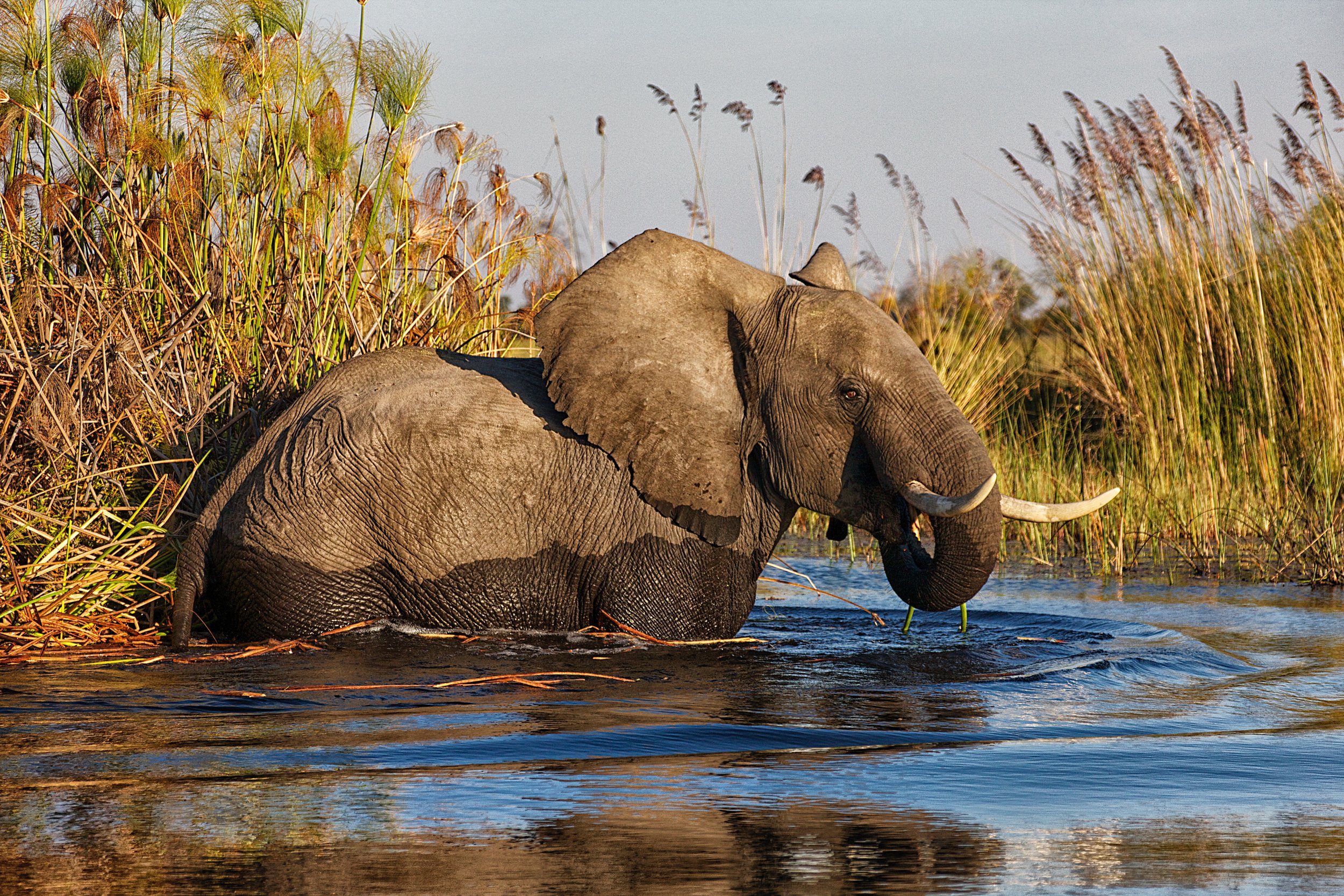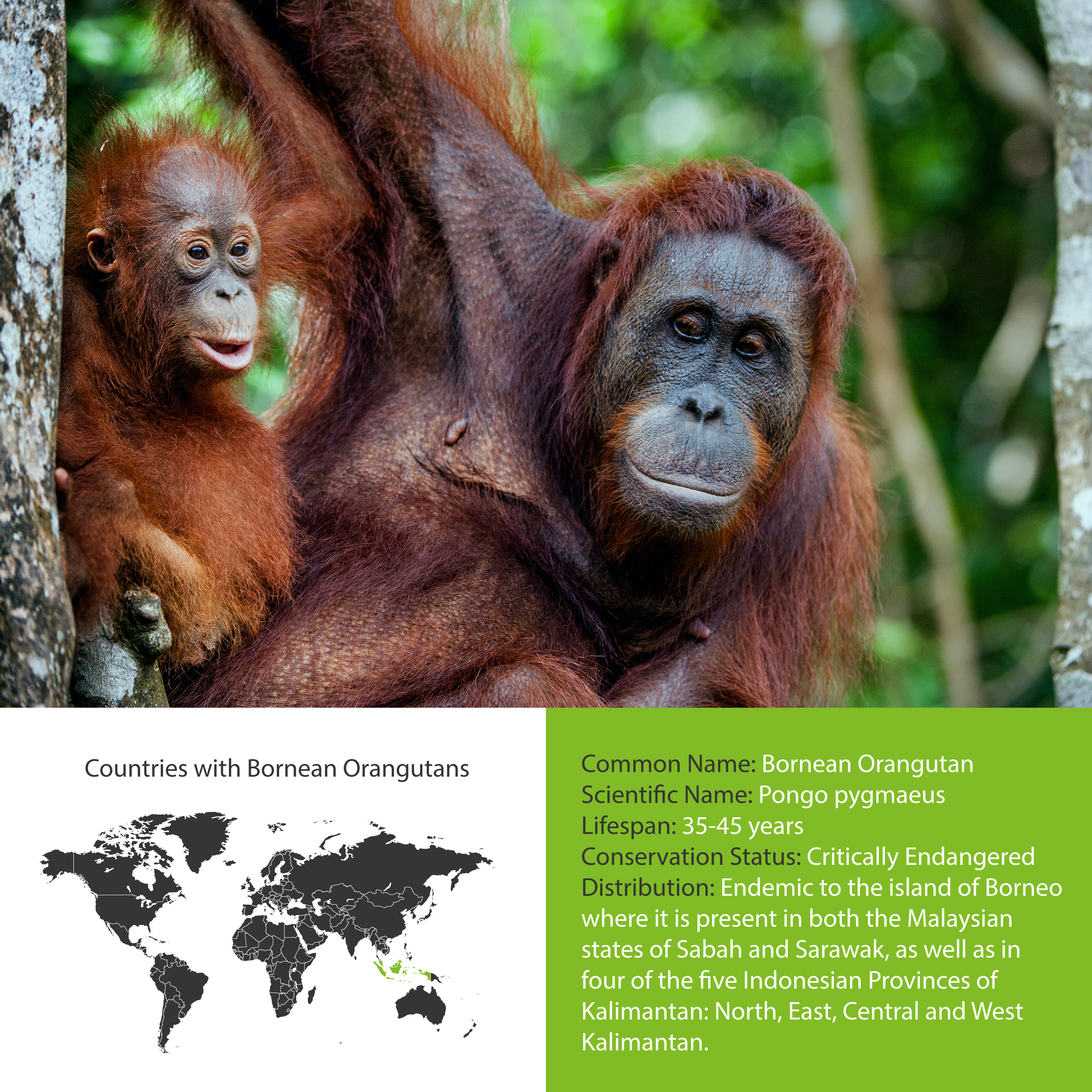Wildlife photography is a captivating pursuit that allows us to capture the beauty and diversity of the animal kingdom. From the lush rainforests to the vibrant coral reefs, our planet is blessed with extraordinary habitats that host an incredible array of wildlife. In this article, I will share 16 of the best places in the world for wildlife photography, with at least one destination on each continent. Get ready to witness breathtaking moments frozen in time through the lens of your camera!
Maasai Mara National Reserve, Kenya
Photo by Harshil Gudka on Unsplash
The Maasai Mara National Reserve in Kenya boasts vast savannahs and stunning landscapes, providing the perfect backdrop for capturing incredible moments. From the iconic Great Wildebeest Migration to the presence of abundant predators like lions, leopards, cheetahs, and hyenas, photographers have the opportunity to capture awe-inspiring scenes of wildlife in action. The reserve's diverse range of wildlife, including elephants, giraffes, and antelope species, offers intimate encounters for captivating wildlife portraits. The golden hues of the savannah during sunrise and sunset add a touch of magic to the photographs, creating a visual spectacle, and the Mara River, with its treacherous crossings and lurking Nile crocodiles, adds another layer of drama and intensity to the photography experience.
Ranthambore National Park, India
Photo by Lakshmi Narasimha on Unsplash
Ranthambore National Park in India is a paradise for wildlife photographers. Home to the majestic Bengal tiger, this rugged terrain offers incredible opportunities to capture these magnificent creatures in their natural habitat. The diverse wildlife, including leopards, sloth bears, and a variety of birds, provides ample subjects for spectacular photographs. The park's picturesque landscapes, with its ancient ruins, meandering rivers, and lush forests, add depth and beauty to every shot. With well-organized safari tours and experienced guides, photographers can make the most of their time in Ranthambore, capturing breathtaking wildlife encounters and stunning natural scenery.
Yellowstone National Park, USA
Photo by Steven Cordes on Unsplash
Nestled in the heart of the United States, Yellowstone National Park is a mesmerizing landscape that beckons wildlife photographers with its diverse ecosystems and captivating inhabitants. From the iconic American bison grazing on vast grasslands to the elusive gray wolves traversing through dense forests, Yellowstone is a sanctuary for capturing the untamed beauty of North American wildlife. With majestic creatures such as grizzly bears, bald eagles, and moose roaming freely amidst stunning natural backdrops, every moment spent in Yellowstone is an extraordinary opportunity to immortalize the wild spirit of nature.
Pantanal, Brazil
The Pantanal, a sprawling natural wonder in South America, is a wildlife photographer's utopia, abundant with incredible subjects to capture. This vast region offers unparalleled opportunities to photograph elusive jaguars, known for their stealthy prowling through the wetlands, in search of their prey, including caimans. These magnificent felines add a sense of intrigue and excitement to any photography expedition in the Pantanal. Alongside the jaguars, colorful macaws and toucans soar gracefully through the lush canopy overhead, providing photographers with stunning aerial displays. Moreover, the region is home to mesmerizing spectacles such as giant anteaters, capybaras, and caimans, showcasing the Pantanal's rich biodiversity.
Svalbard Archipelago, Norway
Photo by Annie Spratt on Unsplash
Situated in the Arctic region, Svalbard attracts wildlife photographers with its awe-inspiring array of Arctic animals in their natural habitats. From the iconic polar bears roaming the icy landscapes to the agile Arctic foxes darting across snow-covered terrains, Svalbard offers fantastic opportunities to capture the untamed beauty of Arctic wildlife. The region is also home to walruses, reindeer, and an array of fascinating bird species, including puffins and Arctic terns, ensuring a diverse range of interesting subjects.
Great Barrier Reef, Australia
Photo by Francesco Ungaro on Unsplash
The Great Barrier Reef, a world-renowned natural wonder, is a paradise for underwater photographers. Beneath the crystal-clear waters, a vibrant and diverse marine world awaits, teeming with fascinating creatures and breathtaking coral formations. From the graceful movements of sea turtles gliding through colorful coral gardens to the vibrant schools of tropical fish swimming among intricate reef structures, the Great Barrier Reef offers a kaleidoscope of photographic opportunities. Capturing the elusive elegance of manta rays, the intricate patterns of mesmerizing coral species, and the gentle giants of the ocean like whales and dolphins, photographers are immersed in a world of wonder and beauty.
Galapagos Islands, Ecuador
Photo by Pauline Steines on Unsplash
The Galapagos Islands, an archipelago in Ecuador offers a remarkable showcase of unique and iconic species. From the fascinating giant tortoises, known for their impressive size and longevity, to the playful sea lions that inhabit the pristine beaches, the islands provide countless opportunities for capturing extraordinary wildlife moments. Underwater, photographers can immerse themselves in the vibrant marine world, encountering fascinating species such as marine iguanas, penguins, and playful sea turtles. The famous Galapagos finches, which played a pivotal role in Charles Darwin's theory of evolution, offer a glimpse into the islands' evolutionary history. Photographers exploring the volcanic landscapes can capture stunning images of colorful land iguanas, flightless cormorants, and the iconic blue-footed boobies, known for their distinctive azure feet and captivating courtship dances. The islands also harbor diverse bird species, including the magnificent frigatebirds, Galapagos hawks, and waved albatrosses, presenting unique opportunities for bird photography.
Volcanoes National Park, Rwanda
Photo by Bob Brewer on Unsplash
Volcanoes National Park in Rwanda is renowned for its abundance of primates and endemic bird species. The park is most famous for its population of endangered mountain gorillas, providing a rare opportunity to capture these majestic creatures in their natural habitat. Photographers can also encounter other primate species, like playful golden monkeys and black-and-white colobus monkeys, adding to the park's rich biodiversity. For bird enthusiasts, Volcanoes National Park offers a chance to photograph endemic species such as the vibrant Ruwenzori turaco and the unique African crowned eagle. The park's diverse landscapes, including towering volcanoes and lush forests, provide a picturesque backdrop for capturing these remarkable birds and the essence of Rwanda's natural beauty.
Corcovado National Park, Costa Rica
Photo by Zdeněk Macháček on Unsplash
Corcovado National Park in Costa Rica showcases a remarkable array of wondrous species. Here, you can encounter elusive big cats like jaguars and pumas, while the park's four monkey species - howler monkeys, capuchins, spider monkeys, and squirrel monkeys - provide animated and acrobatic subjects. Bird enthusiasts will be enthralled by the vibrant avian life, including scarlet macaws, toucans, harpy eagles, and the dazzling quetzal. Additionally, Corcovado is home to an intriguing variety of reptiles and amphibians, from colorful frogs to basilisk lizards and boa constrictors.
Borneo, Indonesia
Photo by CHUTTERSNAP on Unsplash
Borneo, the third-largest island globally, entices wildlife photographers with its incredible biodiversity. The island's iconic orangutans, swinging through lush rainforests, offer photogenic opportunities with their expressive faces. Vibrant avian species like the Bornean Bristlehead attract attention with their flamboyant plumage, while the underwater realm teems with colorful fish and graceful sea turtles. Borneo's intriguing wildlife extends beyond: proboscis monkeys charm with their distinctive noses, clouded leopards captivate with their mysterious rosette patterns, and pygmy elephants showcase their majestic presence against the lush backdrop.
Scottish Highlands, United Kingdom
Photo by Wynand van Poortvliet on Unsplash
The Scottish Highlands offer a surprising array of opportunities to capture the region's diverse wildlife. Amidst its breathtaking landscapes, photographers can witness the majestic red deer roaming freely, adorned with impressive antlers. The elusive Scottish wildcat presents an exciting challenge, while playful otters grace the coastlines with their delightful presence. The Scottish Highlands also offers the possibility of spotting the iconic orca, or killer whale, gracefully navigating the coastal waters. This extraordinary encounter adds an exhilarating dimension to wildlife photography in this remarkable region. Additionally, the Highlands are home to a variety of captivating bird species, including charismatic puffins, elegant sea eagles, and dynamic ospreys.
Okavango Delta, BOTSWANA
The Okavango Delta in Botswana is a paradise for wildlife photographers. Spanning over 15,000 square kilometers, this vast inland delta boasts incredible species diversity, making it a perfect destination to capture the beauty of African wildlife. From majestic elephants and buffalo to stealthy predators like lions and leopards, the delta offers abundant opportunities to photograph iconic mammals. The delta is also a haven for bird enthusiasts, with over 400 bird species, including colorful bee-eaters and regal fish eagles. The unique chance to take photographs during boat trips along its winding waterways sets the Okavango Delta apart. These trips provide a close-up view of wildlife as they gather at the water's edge, allowing for intimate and captivating shots.
TORRES DEL PAINE NATIONAL PARK, CHILE
Photo by Chris Stenger on Unsplash
Located in the heart of Patagonia, Torres del Paine National Park is home to rugged mountains, pristine lakes, and expansive grasslands that provide a stunning backdrop for capturing the region's diverse wildlife. Within the park, photographers have the opportunity to photograph iconic species such as the majestic Andean condors soaring high above the granite peaks, the elusive pumas stealthily prowling through the grassy plains, and the graceful herds of guanacos grazing in the open meadows. The park is also home to other fascinating species including foxes, rheas, and a variety of bird species, adding to the photography possibilities.
Serengeti National Park, TANZANIA
Photo by Paweł Wielądek on Unsplash
The Serengeti National Park, located in Tanzania, is a haven for wildlife photographers. This iconic African destination offers opportunities to capture the extraordinary diversity of wildlife in its natural habitat. Known for the annual Great Migration, where millions of wildebeest, zebras, and gazelles traverse the vast plains in search of greener pastures, photographers can witness and document this awe-inspiring spectacle. The Serengeti is also home to an abundance of predators, including lions, cheetahs, and leopards, providing captivating scenes of predator-prey interactions. The park's diverse ecosystems support a wide range of species, from elephants and giraffes to hippos, buffalos, and various antelope species. Bird enthusiasts will also be delighted by the rich avian life, with over 500 bird species recorded in the park.
Komodo National Park, Indonesia
Photo by Mitch Hodiono on Unsplash
Komodo National Park in Indonesia is a biodiverse wonderland, teeming with fascinating species that enthrall wildlife photographers. Apart from the iconic Komodo dragons and graceful manta rays, photographers have the opportunity to capture an array of captivating wildlife moments. The park is home to diverse marine life, including vibrant coral reef inhabitants like clownfish, parrotfish, and butterflyfish. Beneath the waves, encounters with sea turtles, reef sharks, and colorful nudibranchs offer endless possibilities for stunning underwater photography. On land, the park's avian inhabitants, such as the exotic yellow-crested cockatoo and the great-billed heron, add a touch of vibrancy to the lush green landscapes.
Monterey Bay, USA
Photo by Ilse Orsel on Unsplash
Monterey Bay in California, USA, is renowned as one of the world's best places for photographing marine mammals, including whales. This picturesque marine sanctuary offers incredible opportunities to capture awe-inspiring images of majestic humpback and gray whales breaching and displaying their tails. The bay is also home to orcas, with their striking black and white markings, providing dramatic photo opportunities. Alongside the whales, dolphins, sea lions, and seals add to the bay's vibrant wildlife, showcasing their playful behaviors for photographers to document. Whale watching tours and cruises further enhance the experience, allowing photographers to get closer to these magnificent creatures while respecting their space.
























